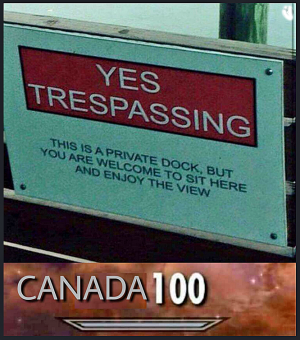Ridgerunner
Garden Master
- Joined
- Mar 20, 2009
- Messages
- 8,235
- Reaction score
- 10,088
- Points
- 397
- Location
- Southeast Louisiana Zone 9A
When I worked on the offshore platforms we used grating for external walkways. Expanded metal was too weak. It would flex too much and, when welded in place, grating provided a lot of structural strength expanded metal wouldn't. The steel grating we used weighted about the same as a 1/4" sheet of steel, I'd expect expanded metal would weigh less, depending on thickness used.When I worked onboard ship, they used expanded metal on most external walkways for that reason.
On stairs we used corrugated grating, rough top surface. I designed a bunch of stairways. We had a standard detail on how to build them but one strong rule, each step had to be exactly the same distance down as the others to within 1/16". No irregular steps, those are tripping hazards. That includes the top and bottom steps. The steps had to be a certain width, a standard detail, but could be no steeper tan 45 degrees. Some stairs I saw on workboats and crewboats were a lot steeper than that. And narrow. We had to follow Coast Guard regulations as a minimum, some of our specs went well beyond Coast Guard requirements.
On steel deck walking areas we'd use an epoxy paint with sand mixed in for traction. I don't remember the specs on that sand, probably something hard like granite. But in the Gulf of Mexico we weren't worried about ice. I don't know of any surface that is non-skid when it is covered in ice. Other than being careful, and we know how that works, maybe keep a bucket of sand to scatter on the ice. Of course the sand will still be there when it thaws so a mess.

